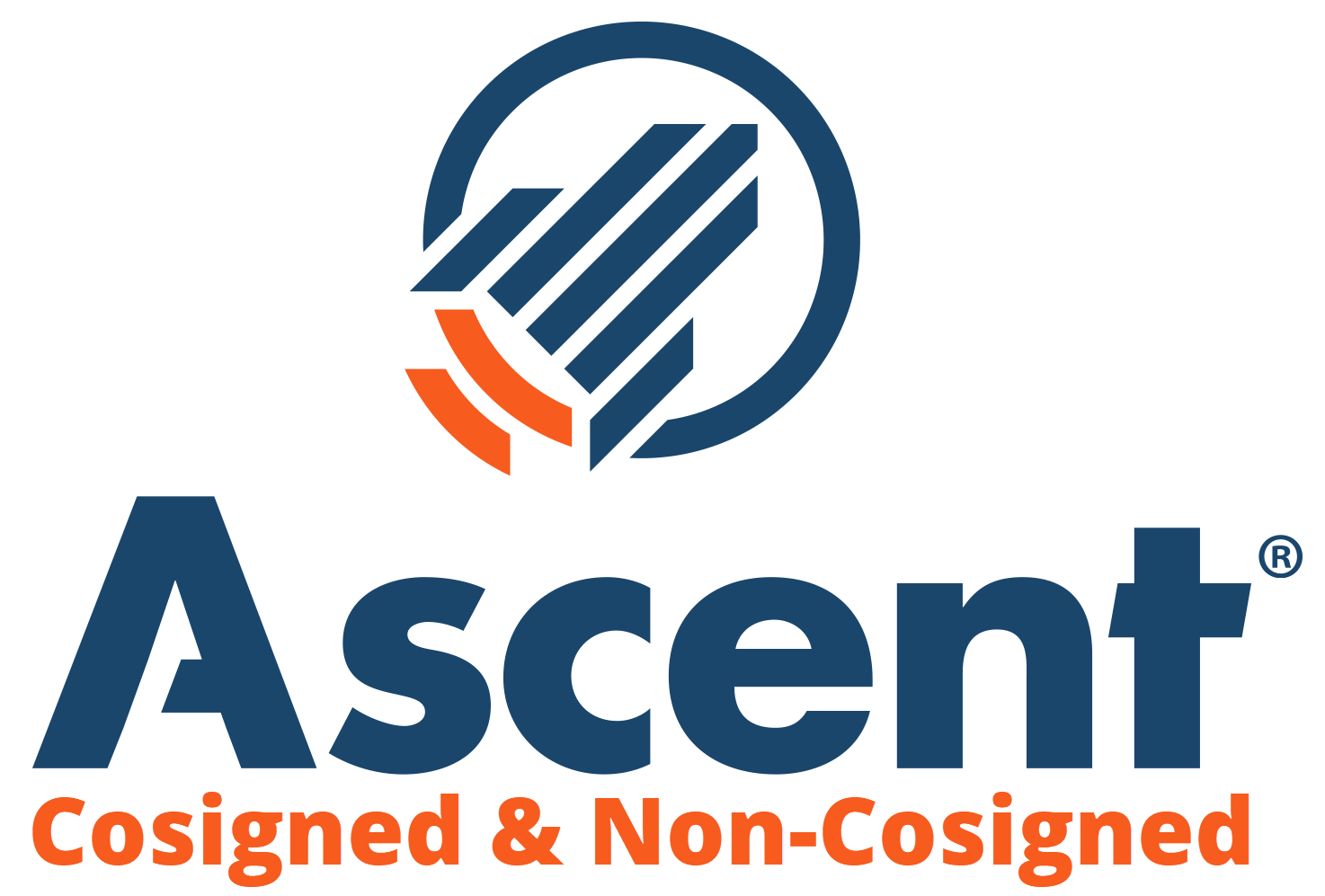Learning how to take out student loans is an important skill in the college application process. Most families in America can’t afford to pay for their kid’s college tuition using their personal finances alone. After exhausting scholarships, grants, and work-study programs, students turn to loans to pay for college.
When you start looking for student loans, you’ll find several options to choose from. There are different types of federal as well as private student loans. Each has its own eligibility criteria, terms of interest and other terms and conditions. Taking a student loan is no easy task. Trying to make sense of it all and figuring out how to take out student loans can be overwhelming.
- How much money do you need to take out?
- How do you calculate how much your education is going to cost?
- How to you apply for student loans?
- What’s the difference between federal and private student loans?
- Should you apply for more than you need, ‘just in case’ or should you apply only for the exact amount that you need?
- How do you receive the money?
This step-by-step guide on how to take out student loans will help make the process easier for you.
Step 1 – Calculate How Much Your Education Is Going to Cost
Tuition fees vary hugely from one college to another. This makes it impossible to make a blanket statement on the cost of college. You will have to do separate calculations for each of the colleges you wish to attend. That’s the only way to get an estimate of how much your higher education is going to cost you,
Of course, College Raptor can make this laborious task a LOT easier. Using our college match tool can help you determine a personalized cost estimate for almost every college in the USA. Our tool takes into account your finances, GPA, test scores, intended majors, and other pertinent information. It uses these details to determine what sort of scholarships you may earn from that particular school, and subtract that amount from the total “sticker price.” The savings can be downright shocking, and college may be far more affordable than you previously thought. Check it out today with your free College Raptor account!
Remember, the total cost of education is more than just the tuition fees. You also need to take into consideration the cost of room, board, textbooks, college supplies, transportation and personal expenses. Subtract this total from the finances you have available, including any financial aid packages that you’ve received from that school. The balance is the amount that you will have to borrow.
When you have calculated how much your choice of school is going to cost you, it’s time to figure out how to take out student loans. But first, you’ll need to see what types of loans are available to you.
Step 2 – Explore Available Loans
Most student loans fall into two categories—federal student loans and private student loans. Federal student loans are backed by the federal government. Private loans are offered by private lenders such as banks and credit unions.
It’s advisable to first exhaust all your federal loan options first before even considering private loans. This is because federal loans have much lower rates of interest and more flexible repayment terms. They also have several other features and protections in place that are beneficial to borrowers.

Federal loans
Federal student loans are intended to fund the education of students whose families don’t have the necessary funds. Interest rates of federal loans are generally lower than that of private loans. Many of these loans do not have any financial eligibility requirements. The interest rates are also not pegged to anyone’s credit history or credit score.
Private Loans
Only consider private loans if your needs exceed the federal loan package you receive. Private loans have much higher interest rates and more rigid terms and conditions.
Before taking a private loan, it’s advisable to do extensive research on each private lender’s borrowing terms. Every lender sets their own terms and interest rates. Ideally, you want to borrow only from those lenders who offer the lowest interest rates and relatively flexible terms. When looking for private student loans, your parents’ bank may be a good place to start.
Step 3 –Apply for Student Loans
How to apply for federal student loans
You will come across the term FAFSA often while searching for financial aid. FAFSA stands for Free Application for Federal Student Aid.
You can apply for all federal financial aid by completing and submitting the FAFSA. Federal student loans are allocated based on the information submitted on this application. Schools that you’ve been accepted into will send you details of your financial aid package along with your acceptance letter. This financial aid award letter will include details of your federal student loan eligibility.
You can choose to accept the entire package or only a part of the package. This will depend on what other sources of income you have access to and how much you need to make up the shortfall.
You will need to submit the FAFSA every year that you’d like to be considered for financial aid. The deadline for the FAFSA application is end of June for that academic year. The best time to submit your FAFSA is in early spring when the applications open. Don’t wait for last minute. Some federal loans have limited funds and these tend to get exhausted quickly.
How to apply for private student loans
The loan application timeline as well as the process is very different for private loans. The process and terms of the loan will vary from one lender to another as well as the type of loan you are applying for. You will have to find out details about each lender’s deadlines, eligibility criteria and application formalities and proceed accordingly.
The best place to start your search for private student loans is at College Raptor. Here you will find a list of the top student loan lenders along with their requirements and interest rates. You can even apply for a loan directly once you identify a lender that’s the best fit for you.
Step 4 – Accept Your Loan Money
Both, federal loans as well as private loans are paid directly to the college you are enrolled in. If there is any money left over after covering the fees and other costs, the school will refund the excess to you.
Before the funds are transferred you will need to sign a promissory note, promising to pay back the money you owe by the date that you and the lender have agreed on.
Step 5 – Understand How Interest On Student Loans Works
All student loans must be paid back with interest. Student loans are different from other loans in that you get a grace period before repayments start. The grace period is generally six months after graduation. However, interest on your loans starts accruing from the date that the funds are disbursed. By the time you start making payments on the loan, it will have already accrued a significant amount interest.
A Warning When You Take Out A Student Loan
Unfortunately, because some loans are relatively easy to obtain, many students are tempted to over-extend. Students often seek admission in more expensive colleges in order to take advantage of easy loan opportunities. This can be a huge mistake. Remember, you have to pay all student loans back with interest. The higher the loan amount you take, the more the debt you are going to be in after you graduate.
To avoid this temptation, choose your colleges first and only then apply for a loan taking into consideration the cost to attend those colleges. If you’re approved for a higher loan amount, only accept what you need and return the rest. If the approved loan is lower than what you need, look at colleges with lower tuition fees or considering saving on rent and board. Whatever you do, do not get into more debt than is necessary.
Use College Raptor’s new Student Loan Finder to discover personalized private loan options. Compare lenders and interest rates to find the ideal student loan for you!
| Lender | Rates (APR) | Eligibility | |
|---|---|---|---|
 |
5.19% - 15.81%* Variable
3.99%-15.61%* Fixed |
Undergraduate and Graduate |
VISIT CITIZENS |
 |
4.79% - 14.96% Variable
3.49% - 15.49% Fixed |
Undergraduate and Graduate |
VISIT SALLIE MAE |
 |
4.38% - 17.99% Variable
3.39% - 17.99% Fixed |
Undergraduate and Graduate |
VISIT CREDIBLE |
 |
5.34% - 13.19% Variable
3.48% - 12.61% Fixed |
Undergraduate and Graduate |
VISIT LENDKEY |
 |
5.25% - 14.26% Variable
3.39% - 14.16% Fixed |
Undergraduate and Graduate |
VISIT ASCENT |
 |
3.70% - 8.75% Fixed |
Undergraduate and Graduate |
VISIT ISL |
 |
4.99% - 16.85% Variable
3.47% - 16.49% Fixed |
Undergraduate and Graduate |
VISIT EARNEST |
 |
5.00% - 13.97% Variable
3.69% - 14.22% Fixed |
Undergraduate and Graduate |
VISIT ELFI |



